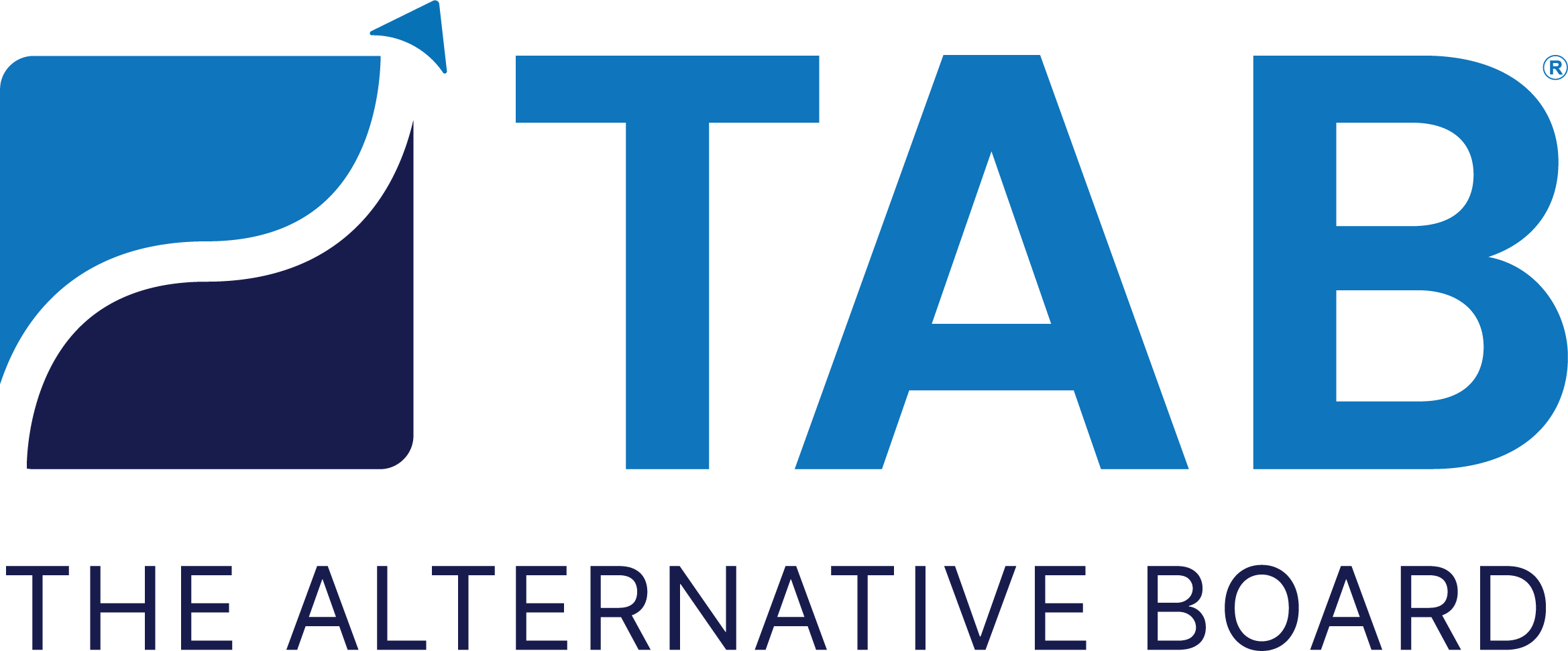How Business Leaders Can Find Work-Life Balance
As businesses recover from the effects of the pandemic, a lot of emphasis is being placed on helping employees find a healthy work-life balance. This goal is no less important for CEOs and business leaders. Without such a balance, they are just as susceptible as employees to stress, burnout and a marked loss in productivity.
2023 is just around the corner. Why not take this opportunity to focus attention on your own work-life balance? Here are tips to keep in mind:
Start with your health
Really, there’s nothing more critical to business success than maintaining your health and well-being. Start with the basics:
Eat healthy.
Stay hydrated.
Exercise (even a brisk walk) whenever possible.
Get enough sleep.
Mental health is equally important. As Business News Daily suggests, “If you struggle with anxiety or depression and think therapy would benefit you, fit those sessions into your schedule,” even if this means taking time out of the office. Remember, “overworking yourself prevents you from getting better, possibly causing you to take more days off in the future.”
Abandon perfectionism
Striving for the perfect solution to a business challenge is a consistent source of stress and contributes to an unhealthy work-life balance. By abandoning the notion of perfectionism and focusing instead of doing your very best work (and then letting go), you’ll likely find yourself free of some work-related stress.
Adopt the Eisenhower Matrix for better time management
Managing your time more effectively is a key component of proper work-life balance. Rather than spiraling from one task to the next (or one crisis to the next), consider adopting the Eisenhower Matrix:
Urgent task, requiring immediate action.
Critical, but not urgent. Tasks that require attention soon.
Not critical. Delegate the task to others.
Not critical. Attend to the task at a later time.
“Over time, these solutions have evolved to help executives, managers, and entire organizations stay aligned,” notes Priority Matrix, “not to fight wars, but to build successful businesses and organizations.”
Unplug!
It’s not necessary (or healthy) to stay connected to the internet 24/7. Take a hard look at your calendar and see where there are moments in the day when you can click out of social media or other online distractions. Take a walk. Read a book or a magazine. Participate in activities where no screen is involved. Unplugging even for a short time will help reinvigorate you.
Establish limits
Whether you favor an “open door” policy with employees, or keep yourself sequestered except in case of emergencies, it’s a good idea to establish boundaries for yourself (and for your workforce):
Try not thinking about business after you leave for the day.
Make it clear you only respond to emails during work hours.
When working at home, have one computer and phone for work, another for personal use.
Post appropriate hours for when you are available for consultation in the office.
You may find after a while that people generally respect boundaries once they understand why and when they can reach you.
Be prepared to learn from your work-life balance mistakes
If creating the right work-life balance was easy, everyone would be doing it. Chances are, you will occasionally fall short of your own expectations in this area, such as favoring a work responsibility over a family event, and act differently the next time.
“Instead of beating themselves up, good executives treat these moments as educational opportunities,” notes The Carson College of Business. If business leaders feel remorseful about missing a family experience, “they know it’s a priority they should maintain in the future.”

